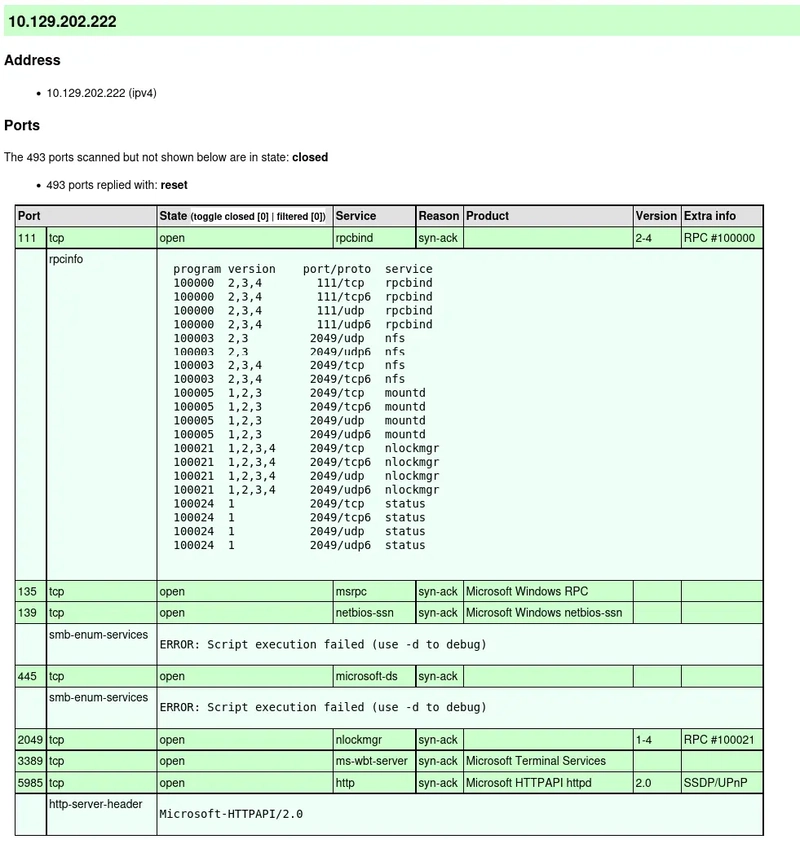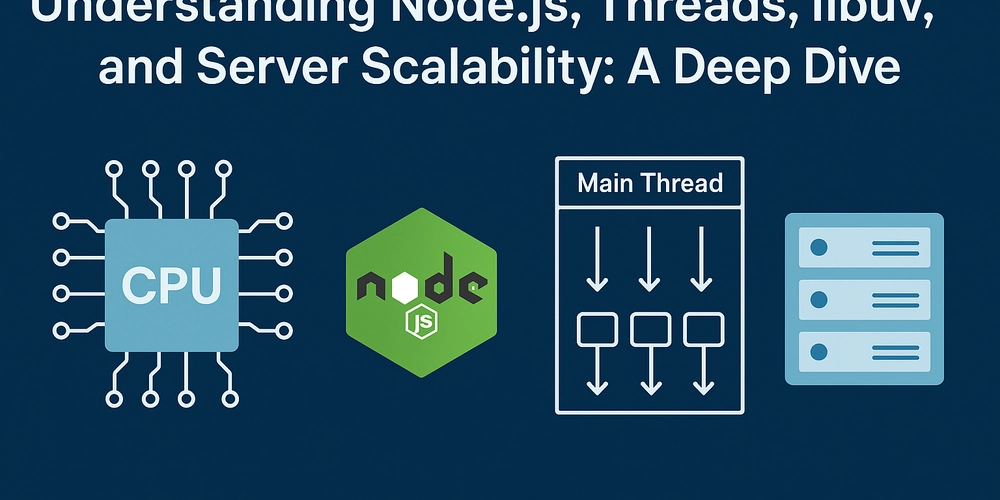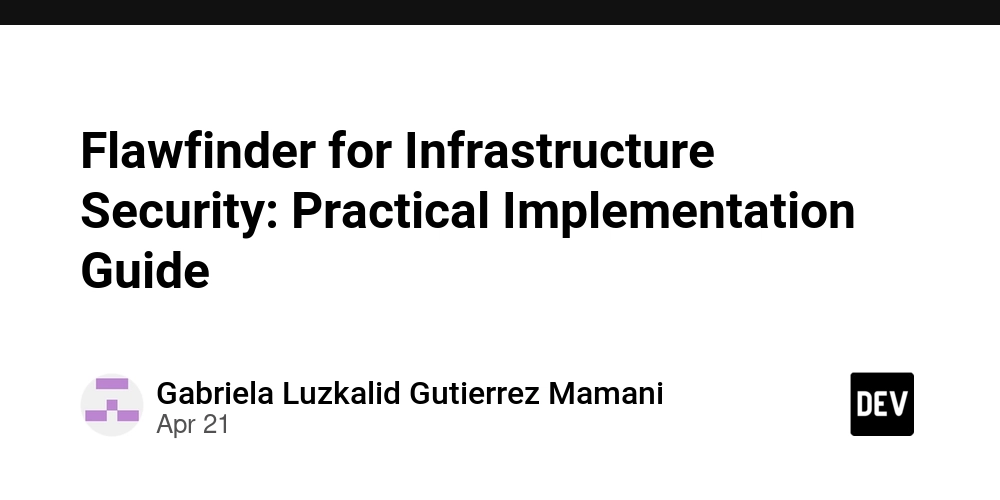What’s Pythonic way to handle exceptions?
The Pythonic way to handle exceptions emphasizes clarity, simplicity, and precise error management. In Python, exceptions are managed using the try-except block, allowing developers to catch and respond to errors gracefully rather than crashing the entire program. A common and Pythonic pattern is to catch only specific exceptions that you expect and can handle properly. For instance, catching a ValueError when converting a string to an integer, instead of catching a generic Exception, avoids masking other potential issues in the code. The goal is to write robust and maintainable code that fails safely and predictably. Additionally, the else block in a try-except structure can be used to run code that should only execute if no exceptions occur. The finally block is used to execute cleanup code regardless of whether an exception was raised—this is especially useful for tasks like closing files or releasing resources. A good rule of thumb in Python is the “EAFP” (Easier to Ask Forgiveness than Permission) principle. Rather than checking conditions ahead of time (like verifying if a file exists before opening it), Pythonic code often attempts the operation and handles any exceptions that arise. This leads to more concise and readable code. Example: try: with open("data.txt") as file: data = file.read() except FileNotFoundError: print("File not found.") Avoid using bare except: clauses, as they can catch unexpected errors, including system-exiting exceptions like KeyboardInterrupt, which can make debugging more difficult. Mastering exception handling is essential for writing clean, production-quality code. To dive deeper into these techniques and more, consider enrolling in a Python certification course.

The Pythonic way to handle exceptions emphasizes clarity, simplicity, and precise error management. In Python, exceptions are managed using the try-except block, allowing developers to catch and respond to errors gracefully rather than crashing the entire program.
A common and Pythonic pattern is to catch only specific exceptions that you expect and can handle properly. For instance, catching a ValueError when converting a string to an integer, instead of catching a generic Exception, avoids masking other potential issues in the code. The goal is to write robust and maintainable code that fails safely and predictably.
Additionally, the else block in a try-except structure can be used to run code that should only execute if no exceptions occur. The finally block is used to execute cleanup code regardless of whether an exception was raised—this is especially useful for tasks like closing files or releasing resources.
A good rule of thumb in Python is the “EAFP” (Easier to Ask Forgiveness than Permission) principle. Rather than checking conditions ahead of time (like verifying if a file exists before opening it), Pythonic code often attempts the operation and handles any exceptions that arise. This leads to more concise and readable code.
Example:
try:
with open("data.txt") as file:
data = file.read()
except FileNotFoundError:
print("File not found.")
Avoid using bare except: clauses, as they can catch unexpected errors, including system-exiting exceptions like KeyboardInterrupt, which can make debugging more difficult.
Mastering exception handling is essential for writing clean, production-quality code. To dive deeper into these techniques and more, consider enrolling in a Python certification course.









































































